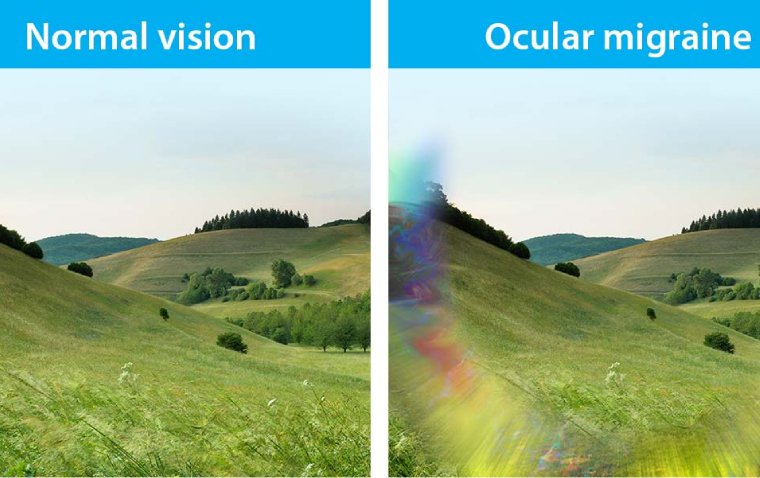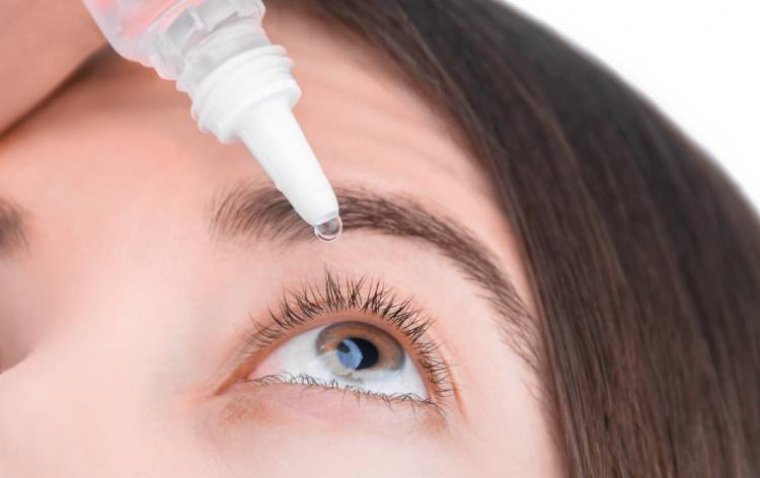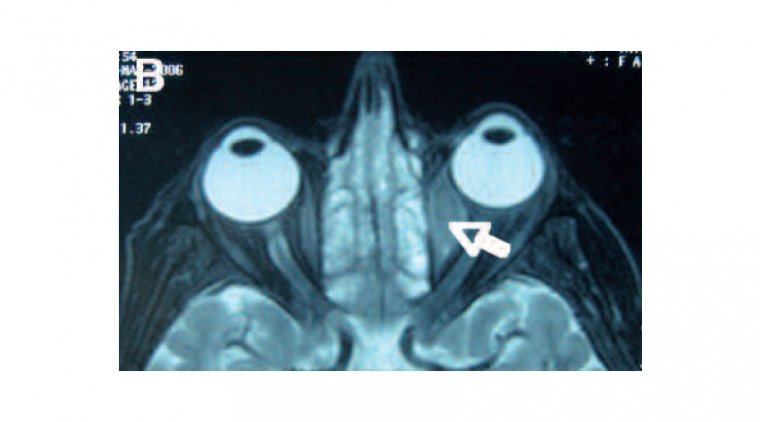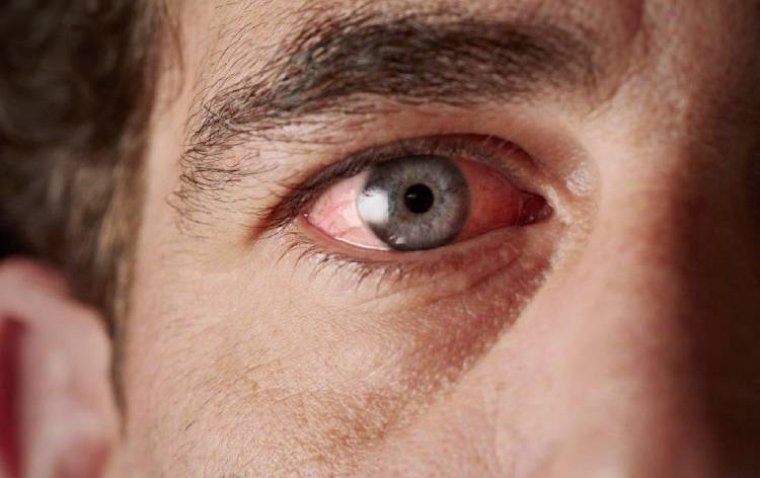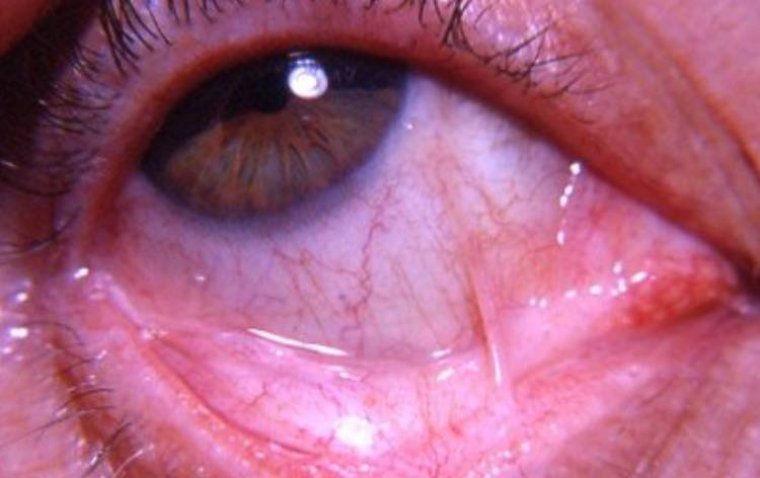
Seeing Spots: The Symptoms and Management of Asteroid Hyalosis
What Is Asteroid Hyalosis?
Asteroid Hyalosis is a condition characterized by the presence of small, white, spherical opacities within the vitreous humor of the eye. These opacities, known as asteroid bodies, can cause visual disturbances and are often benign. However, in some cases, they can be associated with other ocular diseases and complications.
Living with asteroid hyalosis can be challenging, as the condition can cause a variety of symptoms that can impact a person's quality of life. These symptoms can include floaters, which can be distracting and make it difficult to focus on tasks, as well as blurred vision and difficulty seeing in low light. The asteroid bodies can also cast shadows on the retina, which can further impair vision. In addition to the physical symptoms, asteroid hyalosis can also cause emotional distress, as it can be frustrating to deal with the constant floaters and difficulty seeing.
What Are the Causes of Asteroid Hyalosis?
The exact cause of asteroid hyalosis is not well understood. However, it is believed to be related to the accumulation of calcium and phosphates within the vitreous humor. The accumulation of these minerals can lead to the formation of the asteroid bodies.
Symptoms of Asteroid Hyalosis
● Floaters: One of the most common symptoms of asteroid hyalosis is the presence of floaters, which are small spots or threads that appear to float in the field of vision.
● Flashes of light: Some patients may also experience flashes of light, which are brief bursts of light that appear in the peripheral vision.
● Decreased vision: In some cases, patients may also experience decreased vision, although this is less common.
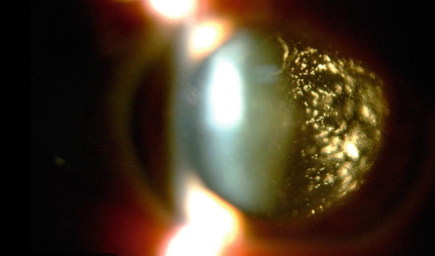
Risk Factors for Asteroid Hyalosis
● Age: Asteroid hyalosis is more common in older individuals, with the condition affecting up to 50% of those over the age of 75.
● Hyperparathyroidism: Individuals with this condition, characterized by overactive parathyroid glands which regulate calcium levels in the body, may be at a higher risk of developing asteroid hyalosis.
● Other ocular diseases: Individuals with other eye conditions, such as cataracts or diabetic retinopathy, may be at a higher risk of developing asteroid hyalosis.
How Is Asteroid Hyalosis Treated?
Observation: In most cases, asteroid hyalosis does not require treatment as it does not cause significant visual impairment. However, if symptoms are severe or persistent, an ophthalmologist may recommend observation over time to monitor any changes in the condition.
Laser therapy: In some cases, laser therapy may be used to shrink the asteroid bodies, reducing the symptoms. This is typically only recommended if the symptoms are severe and interfering with the patient's vision and quality of life.
Vitrectomy: In rare cases, a vitrectomy may be performed to remove the asteroid bodies and improve vision. This is typically only recommended if the asteroid hyalosis is associated with other ocular diseases or complications.
Prevention of Asteroid Hyalosis
Maintaining healthy calcium levels: Hyperparathyroidism, a condition characterized by overactive parathyroid glands which regulate calcium levels in the body, is a risk factor for asteroid hyalosis. Therefore, maintaining healthy calcium levels through diet and supplements may help to prevent the condition.
Eye exam: Regular eye exam can help to detect asteroid hyalosis early on and monitor any changes in the condition.
Preventing other ocular diseases: Preventing other ocular diseases such as cataracts or diabetic retinopathy, may also reduce the risk of developing asteroid hyalosis.
Lifestyle changes: Maintaining a healthy lifestyle, such as regular exercise, a healthy diet, avoiding smoking, and limiting alcohol consumption may also help to prevent asteroid hyalosis.
Conclusion
In conclusion, asteroid hyalosis is a benign condition that affects the eyes and is characterized by the presence of small, white or yellowish bodies in the vitreous humor. It is typically diagnosed during a comprehensive eye examination and can cause symptoms such as floaters, blurred vision, and difficulty seeing in low light. In most cases, treatment is not required, but if symptoms are severe, a vitrectomy surgery may be considered.
(1).jpg)

